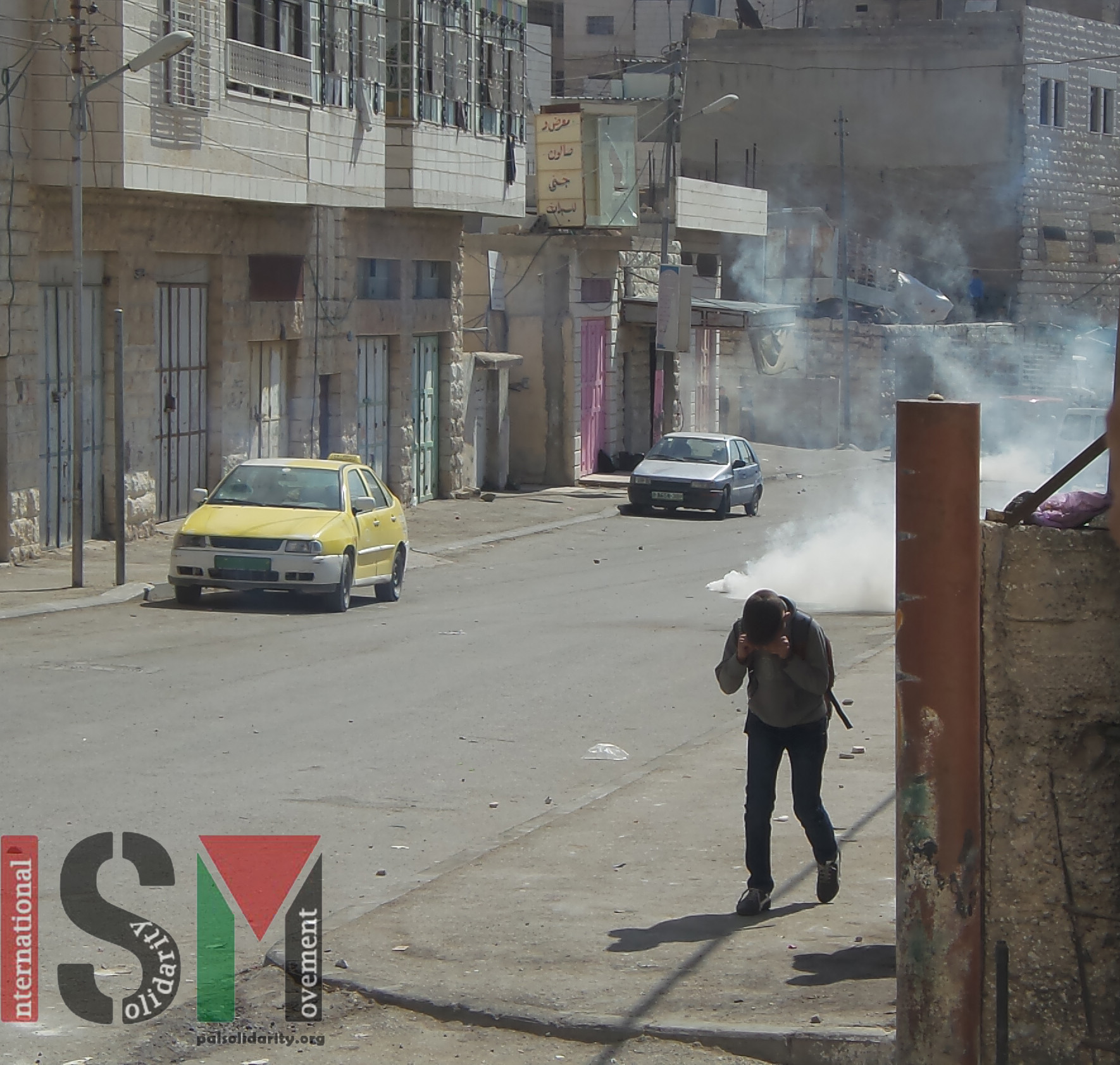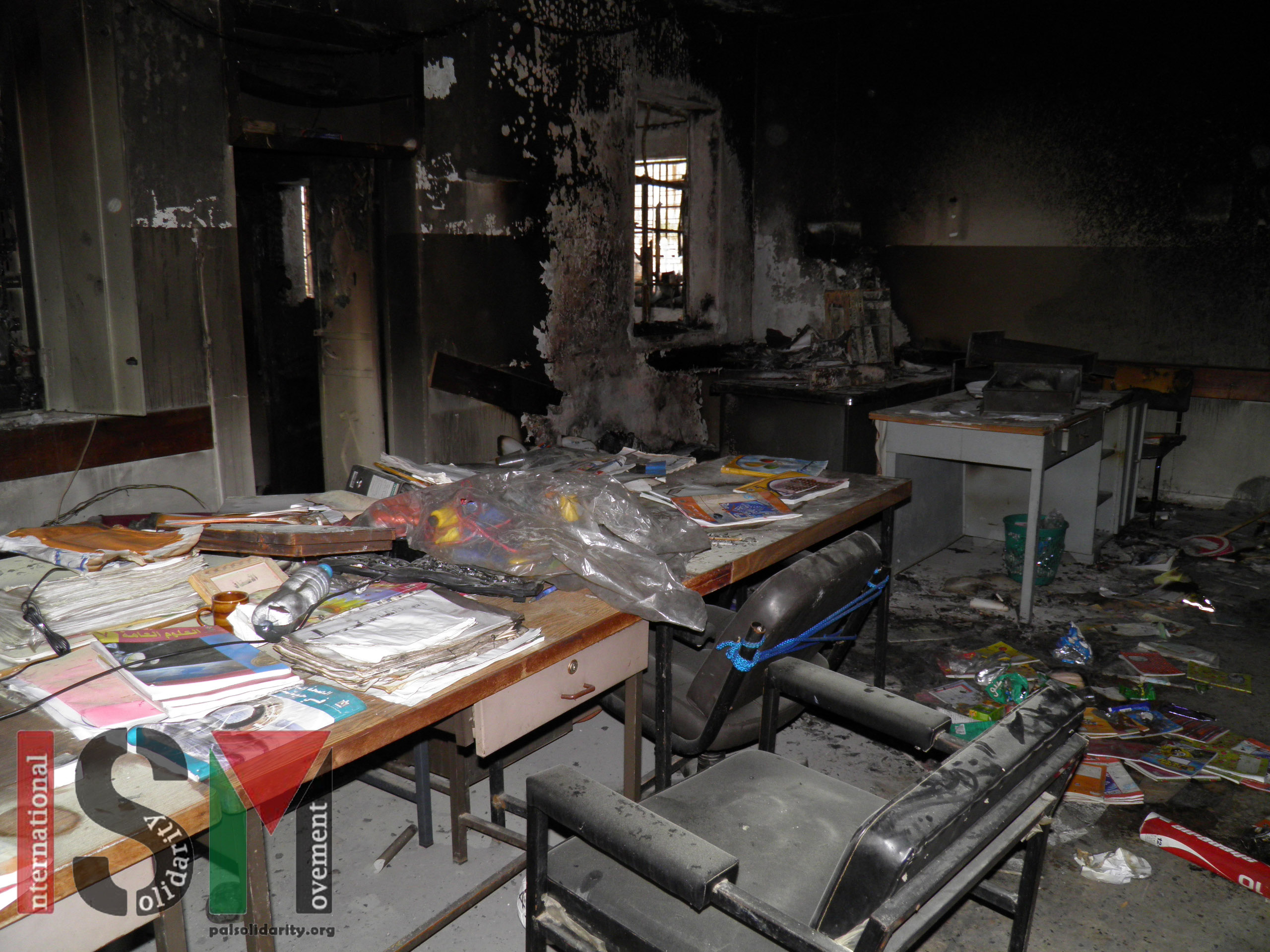Tag: Children
-
Tear gas and stun grenades used against schoolchildren
13th October 2014 | International Solidarity Movement, Khalil team | Hebron, Occupied Palestine Today at the Salaymeh checkpoint in al-Khalil (Hebron), Israeli soldiers fired four long-range tear gas canisters, and threw three stun grenades, all towards children leaving school to walk home. One tear gas grenade was also thrown directly at ISM activists documenting the military violence.…
-
The Israeli offensive on Gaza caused full or partial damages to 75 kindergartens and day-care centers
21st September 2013 | Democracy and Workers’ Rights Center in Palestine | Gaza, Occupied Palestine The Democracy and Workers’ Rights Center field teams have documented full or partial damages to 75 kindergartens and day-care centers caused during the 51 day Israeli offensive against the Gaza Strip this summer. DWRC’s field workers conducted field visits to all the…
-
Palestinian school set on fire
21st September 2013 | International Solidarity Movement, Nablus team |As-Sawia, Occupied Palestine On the evening of the 10th September, unknown assailants broke into the As-Sawia Secondary School, forced open the door and set the school on fire. Bedouins living close to the school saw the fire and alerted the fire brigade. By the time it was put…



